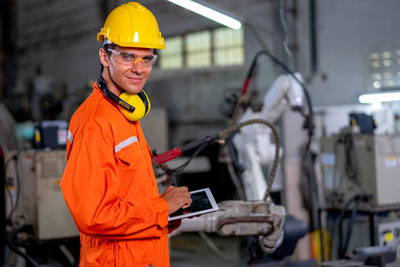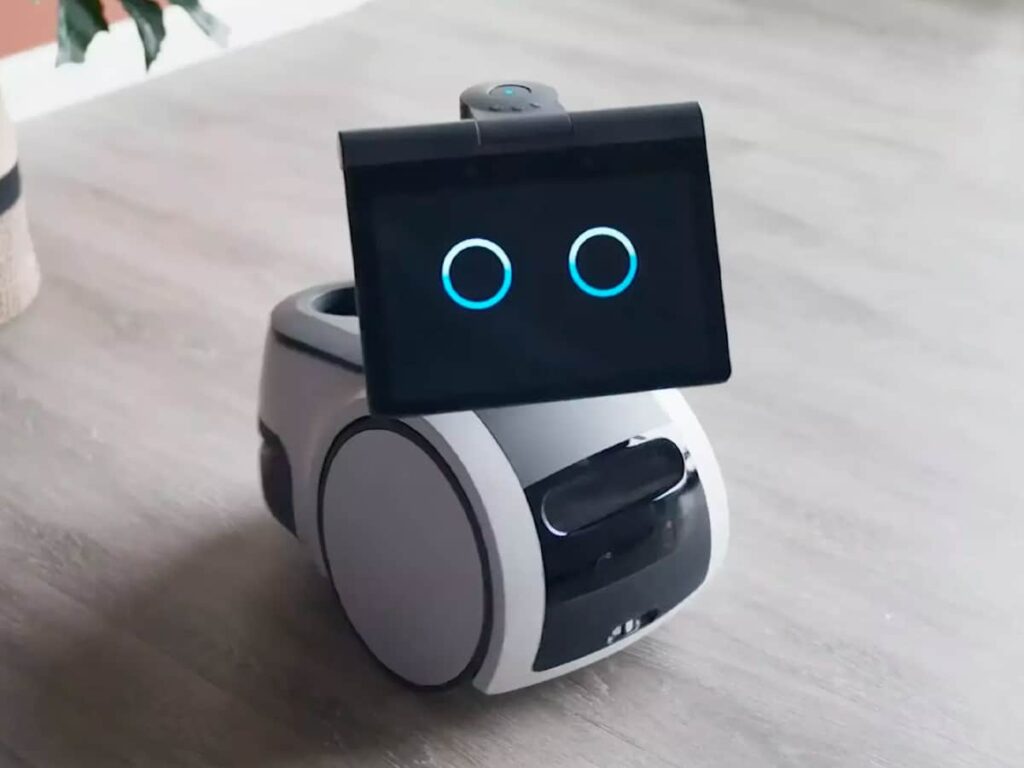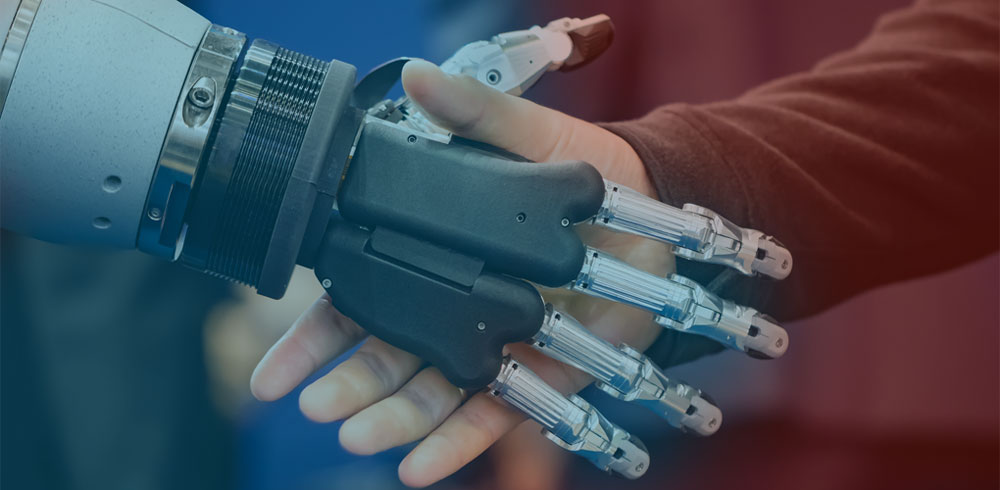Preparing for the eventual overthrow of the human race
Experts agree that robotics and AI are the drivers of oncoming Industrial Revolution 4.0, so positioning yourself as a professional will turn you into an indispensable employee well into the future.
It’s been said since the 1950’s: the robots are going to take over. How many times have you heard that automation and robots will take all the jobs in the future? Sure, they don’t need a lunch break or two weeks vacation. They offer little drama in the workplace, rarely steal your food out of the work fridge, and usually don’t drag themselves into work after a long night of video games and snacks.

Industrial robots help to remove workers from the hazardous environments and back breaking labor that has befell low-wage workers for generations. They can lift heavy payloads, prevent injuries, perform accurate and error-free repetitive tasks, and have a generally overall pleasant disposition. Yet, with all these triumphs, robots have yet to replace humans in the workplace. In fact, workers are becoming a robot’s best friend as technology advances.
The first manufacturing robot was used in 1960. “Unimate” as it was called, was used in a GM plant in New Jersey. Unimate pulled die-cast molds and welded them to automobile bodies. The noxious gases could’ve poisoned workers or involuntarily removed their limbs. Believe it or not, today’s industrial robots incorporate many of the designs and functions of the original industrial robot.
Robots have created new jobs for those who were once on production lines with programming. They have pulled employees from repetitive, monotonous jobs and put them in better, more challenging ones. They also allow US companies to remain competitive, keeping jobs local and helping the best employees see growth in their careers.

Robots are user-friendly, intelligent, and affordable. As more industries adopt robotics in automation, the more roles the machines are finding to fill. It’s not just manufacturing. Robots are used in healthcare, farming, transportation, construction, and the military. Even the Amazon Alexa in your home is a robot. In the next decade, your Amazon Alexa might be making you breakfast. And hopefully, it can help with other tasks around the house.
In an industrial setting, robots have to interact with humans in some form or another. This has created Cobots. Robots and humans interacting with each other to accomplish a task. Cobots can work side-by-side with human workers, improving their output and consistency and allowing them to support more in-line processes in a single work-space. While traditional automation requires an all-or-nothing approach. Assembly, quality inspection, dispensing are all part of the simple uses for industrial robots.

The surprising opinion is that programming robots isn’t so complicated and hard to learn. In actuality, there are few lines of code you need to make a real-world industrial robot do what it needs to do to accomplish simple tasks such as sorting and dispensing. There are many ways to get a leg-up on robotics. The idea of purchasing your own robot and learning how to program it was a fantasy just a decade ago. But robots are omnipresent these days, and the ability to learn their ways and stay ahead of our future slave-masters has never been more readily available. There are paid courses to help you learn the basics of robotics and programming. MIT’s open courseware and Stanford Engineering free video courses on robotics are the pinnacle of robotics education, and are absolutely free.
If you find yourself on the factory floor working alongside a robot friend, ask your supervisor or your mechanical engineer how the robots work and how they are programmed. Learning to control its functions and finding use for the robot in your job can only lead to positive things if you are the robot’s master. Just keep those friendships professional with your robot. You don’t want to hurt its feelings. That’s when things could get scary.


